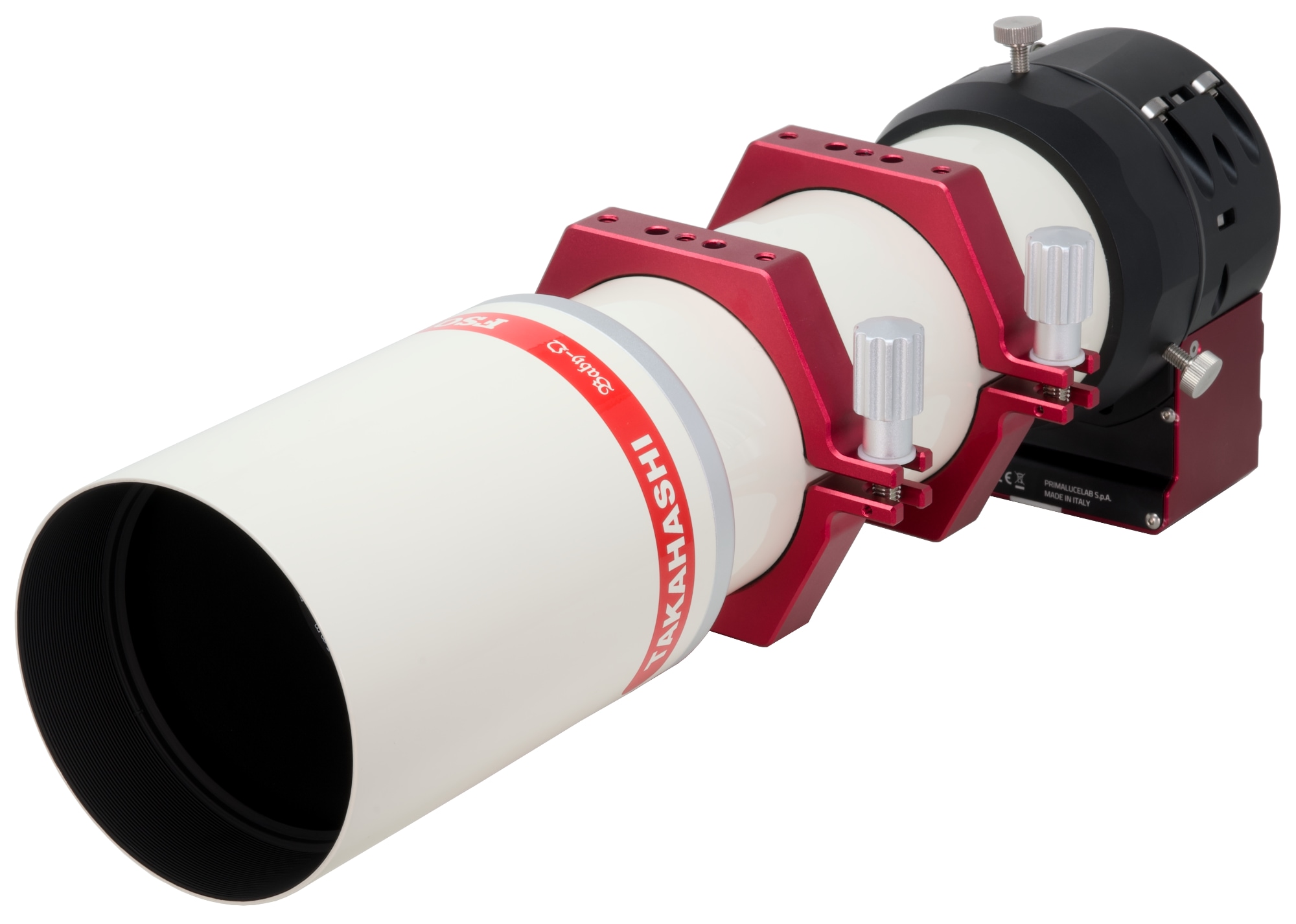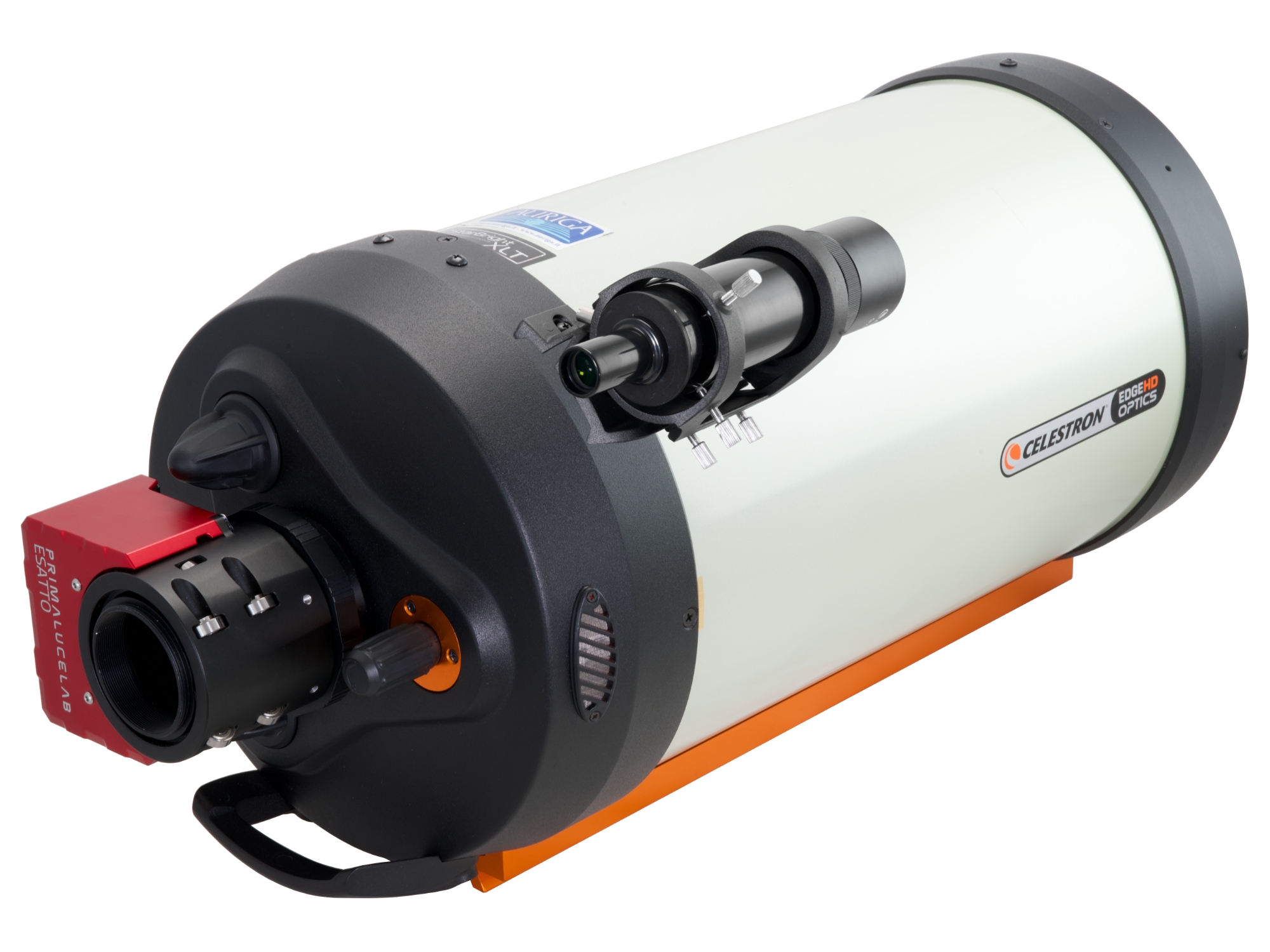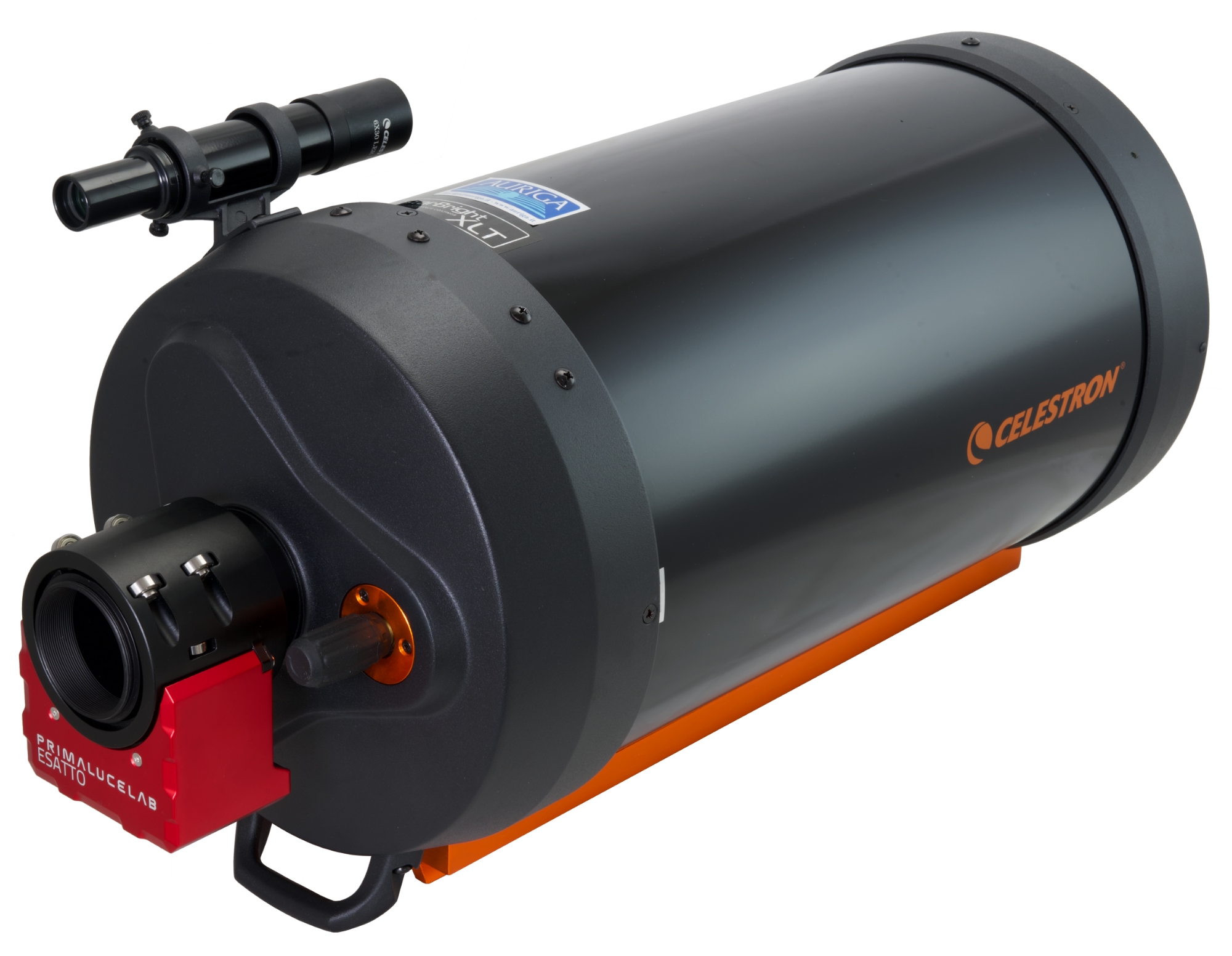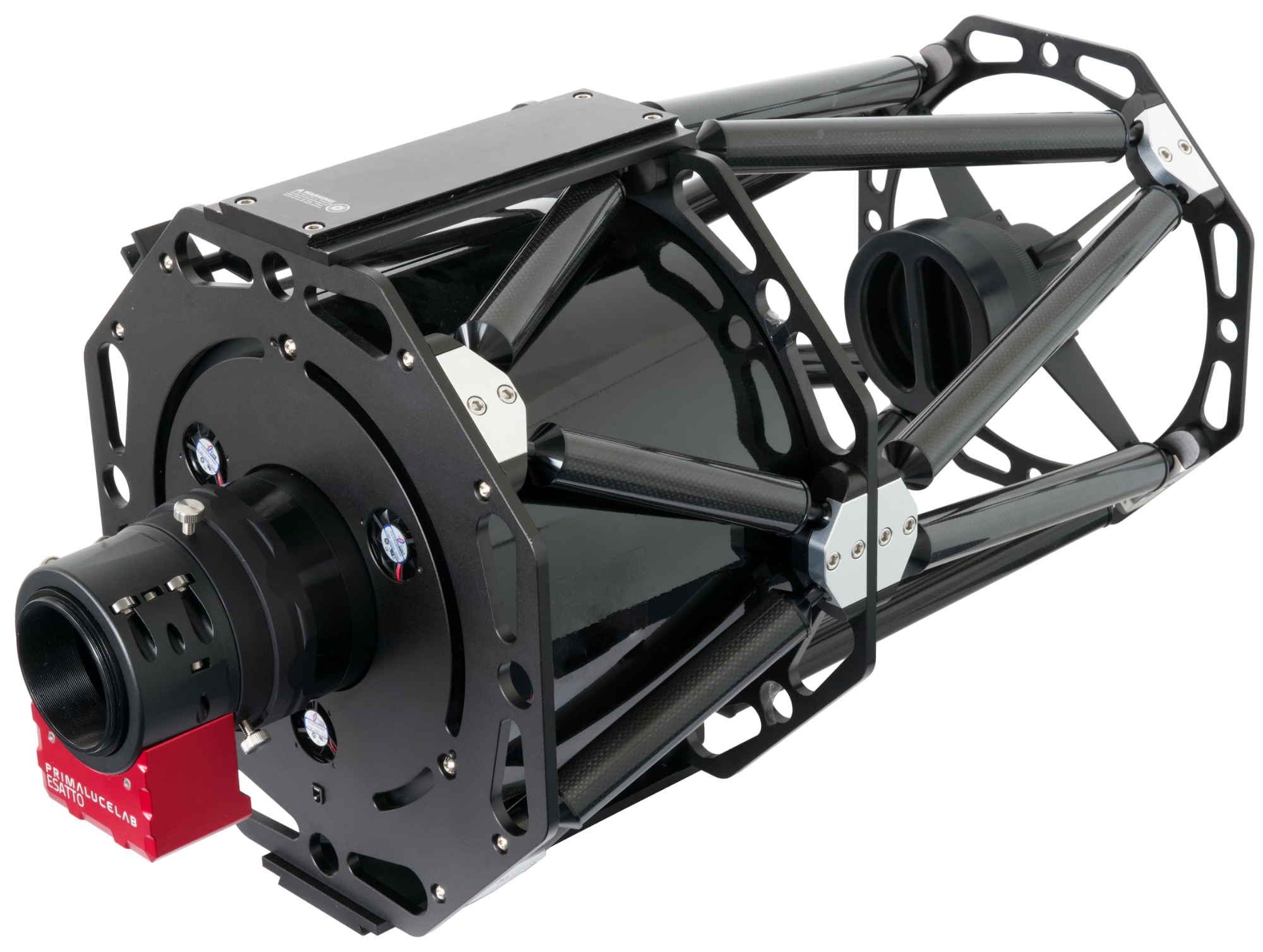Telescope for astrophotography, what to choose.
Choosing the right telescope for astrophotography is a key step for anyone who wants to capture high-quality images of the night sky. While there are many telescopes designed for visual observation, astrophotography requires specialized features and equipment. In this guide, we’ll walk you through selecting the best telescope for astrophotography, in particularly referring to the OTA, based on your astrophotography goals—whether planetary, lunar, or deep-sky.
Understanding OTA specifications
A telescope for astrophotography is much more than just a tube with lenses or mirrors. But the OTA (Optical Tube Assembly) is the core of any telescope for astrophotography. Choosing the right OTA involves evaluating:
- Aperture: The diameter of the primary lens or mirror. Larger apertures collect more light and reveal fainter details, but also increase size, weight, and price.
- Focal Length: Determines the telescope’s magnification and field of view. Short focal lengths are ideal for wide-field imaging of nebulae and star clusters, while long focal lengths are better for planetary imaging and small deep-sky objects like galaxies.
- Focal Ratio (f): Calculated by dividing focal length by aperture. Lower focal ratios (f/4–f/6) are ideal for deep-sky astrophotography because they allow shorter exposures. For deep-sky imaging, we recommend focal ratios no longer than f/8. Optimal performance is achieved around f/4–f/5.
- Corrected image circle: the OTA optical design should produce a flat field large enough to match your camera’s sensor size. For APS-C sensors, aim for at least a 27mm corrected image circle; for full-frame sensors, a 44mm circle is needed. This often requires dedicated field flatteners or coma correctors depending on telescope type.
The best telescope may not be the most powerful, but one you will use the most: find out what is the telescope for astrophotography suitable for you.

Main telescope designs for astrophotography
There are three main categories of telescopes for astrophotography: refractors, reflectors and catadioptrics.
Refractors are a top choice for many astrophotographers thanks to their sharp images, high contrast, and minimal maintenance. Refractors are best for wide-field deep-sky astrophotography nebulae, star fields, and large galaxies. Refractors can be divided into:
- Achromatic refractors: inexpensive but suffer from chromatic aberration.
- ED doublets: improved color correction with Extra-low Dispersion glass.
- APO triplets: great for astrophotography—excellent sharpness and color fidelity.
- Petzval designs: include built-in field flatteners for pinpoint stars across the image.
Reflectors use mirrors to gather light and are typically more affordable per inch of aperture. Reflectors can be divided into:
- Newtonians: Popular for deep-sky astrophotography, with fast focal ratios and large apertures. They often require collimation more frequently than other reflector types and usually need a coma corrector for optimal image quality.
- Ritchey-Chrétien (RC): High-end reflectors used also in professional observatories. Offer coma-free, flat-field imaging without needing correctors.
Catadioptric telescopes combine lenses and mirrors for compact, multipurpose designs. Catadioptric telescopes can be divided into:
- Schmidt-Cassegrain Telescopes (SCTs): Versatile for both deep-sky and planetary imaging. Closed tube protects optics and reduces collimation issues.
- Aplanatic SCTs: Advanced models with built-in correctors for a larger flat-field in respect to standard SCTs.
- Maksutov-Cassegrain: Excellent for planetary and lunar imaging but less suited for deep-sky targets due to slower focal ratios.
- Corrected Dall-Kirkham: Great for high-magnification deep-sky imaging thanks to included correctors for large corrected image circle.
- Rowe-Ackermann Schmidt Astrograph (RASA): Delivers very fast focal ratios, ideal for wide-field imaging with astro cameras mounted on the front of the optical tube.
- Modified Cassegrain Astrographs: these telescopes incorporate correctors into the optical path to deliver a wide, well-corrected field with the possibility to adapt it to different focal lengths.

Dimension isn’t everything: portability matters
Another important factor when choosing your telescope for astrophotography is portability. In many cases, the best telescope is not the biggest or most powerful, but the one you can comfortably transport and set up in the field.
If you live in a city or heavily light-polluted area, you’ll likely need to travel to darker locations. In such cases, a compact and lightweight apochromatic refractor may be ideal for capturing long-exposure deep-sky images. Alternatively, a compact Schmidt-Cassegrain may be better suited for high-magnification planetary photography.
However, if you live in a rural area with a backyard and minimal light pollution, portability may be less critical. In this case, larger and more powerful instruments like Newtonians may be more practical, especially since they can also be used for visual observation.

Recommendations by astrophotography type
- Wide-field deep-sky astrophotography: APO refractors, Petzval quadruplets/quintuplets
- Longer focal length deep-sky astrophotography: Newtonian, RC reflectors, modified Cassegrains, Corrected Dall-Kirkham
- Planets & Moon: SCTs, Maksutov-Cassegrain
- Telescopes for (almost) all uses: Aplanatic SCTs

Final thoughts: the best telescope for astrophotography?
There is no one-size-fits-all solution. The best telescope for astrophotography depends on your imaging interests, experience level, and how much automation you need. Whether you’re just starting out or building a remote observatory, PrimaLuceLab developed all the devices that allow you to convert any optical telescope into a remotely operated telescope for astrophotography, to help you explore the Universe—one picture at a time.
